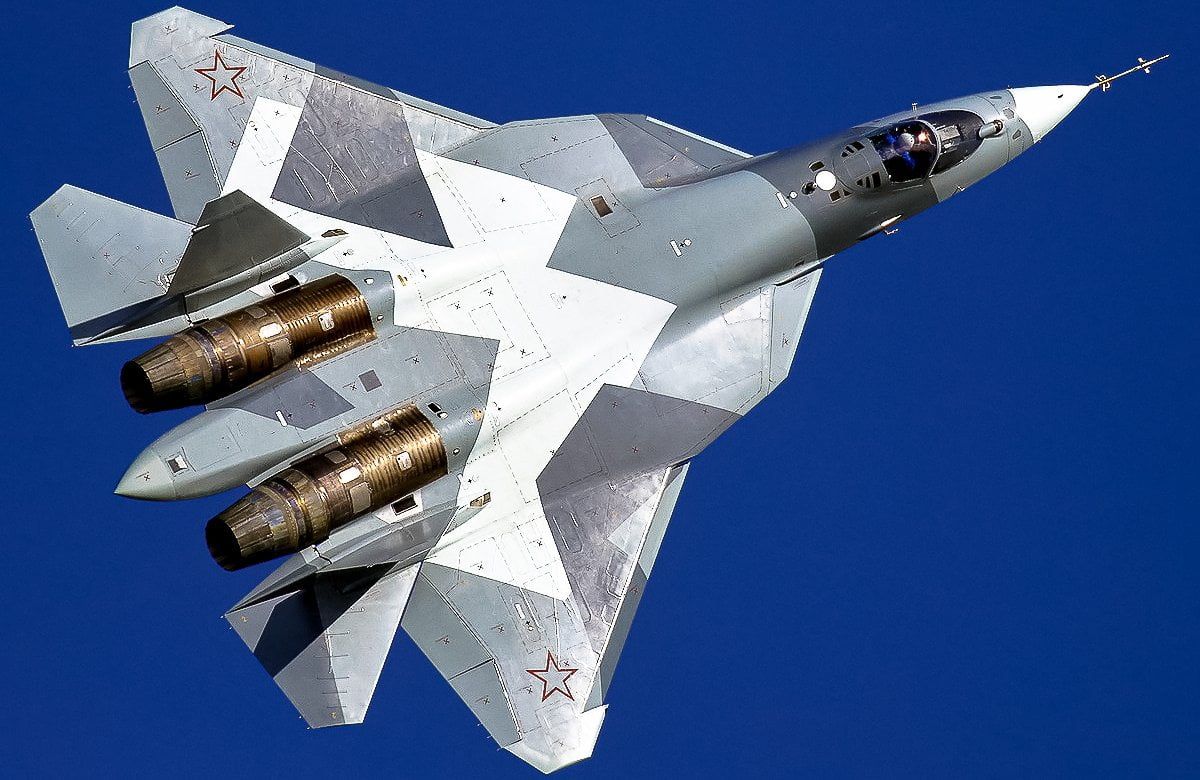-edit-14.jpg)
In honor of Russian Aerospace Force Day, the Russian Ministry of Defense has released its first official footage of the fifth-generation stealth aircraft, the PAK FA Sukhoi T-50.
The government unveiled the montage of its prized stealth fighters launching from an aircraft carrier’s ski-jump ramp, along with several other aircraft, such as the MiG-29KUB naval fighter and the Su-35S.
Although the T-50s only appear for a few brief seconds of the video, that’s enough time to make out the the two different camouflage patterns of the first new fighters produced after the Cold War.
However, despite the fancy paint job and Russia touting the T-50, critics have responded with skepticism, as several of its features may fall short of achieving the prized moniker of “fifth-generation aircraft.”
For one, the evolutionary technology onboard the T-50 doesn’t make the quantum leap that other aircraft, such as China’s Chengdu J-20 or the US’s F-35 Lightning II, incorporates. Instead, it seems to have inherited the same engine from the SU-35, an aircraft that’s considered to be 4++ generation – between fourth- and fifth-generation.
Additionally, the primary trait of fifth-generation aircraft, namely stealth, is also called into question when compared to others around the world. According to RealClearDefense, in 2010 and 2011, sources close to the program claimed that the T-50’s radar cross section (RCS), the measurement of how detectable on radar an object is, was estimated to be 0.3 to 0.5 square meters.
Although these figures may sound impressive, when compared to the US Air Force F-22 Raptor’s 0.0001 square meter RCS or the F-35’s 0.001 square meter RCS, it’s worth taking a second look at by engineers.
Despite the controversy, the T-50 does excel at where other fifth-generation aircraft have paled in comparison: its cost. With each unit ranging from $50 million, it’s considered a bargain when comparing it to the F-22’s $339 million and the F-35’s $178 million price tag.
[Source: Business insider]




